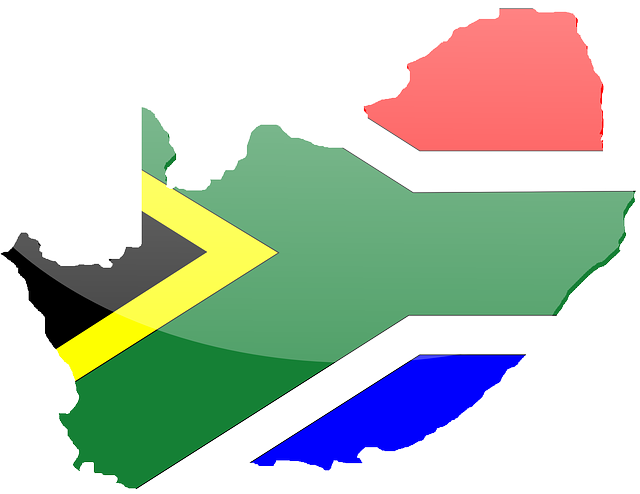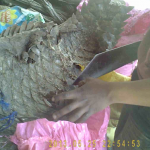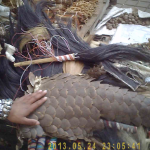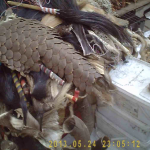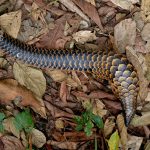In Zulu, great men are called iNkakha – a named derived from the pangolin. In Tsonga, it is called the Khwara – the trait of toughness is associated with it. In Afrikaans it is called the Ietermagog because of its habit of eating insects. The pangolin is the most poached mammal on earth and could be extinct before most people even know it exists…
In this two-part series, wildlife conservationist Alexis Kriel partners with Special Assignment on a journey to investigate the plight of the pangolin. We go from muthi markets to scientific laboratories, through rural villages to urban courts, from Gauteng to Mpumalanga and Limpopo.
The Ground Temmick Pangolin is one of four species of African pangolin indigenous to South Africa. It is found in the Northern Cape and Limpopo. The other four species are found in Asia. Although the local market for pangolin still revolves principally around traditional healing, followed by a much smaller trade in bush meat, South African pangolins are being decimated, alongside their African and Asian counterparts. This is due to increasing demand in Asia where the pangolin is literally being eaten into extinction.
The species is older than 80 million years, yet it has remained under the radar of mainstream conservation campaigns, possessing neither the majesty of the elephant and rhino, nor the feline grace of the tiger, leopard and lion. This year however, this troglodyte creature has been accorded one of the central stages at the 17th Conference of the Parties (COP 17) to the Convention on International Trade in Endangered Species of Wild Fauna and Flora (CITES) which started this week in Johannesburg. Conservationists are lobbying vociferously for a complete ban on all forms of trade with the pangolin.
But will we be in time? Although the conservation world will be in Johannesburg to debate the future of the pangolin, this prehistoric creature could be wiped out before most people know it exists.
